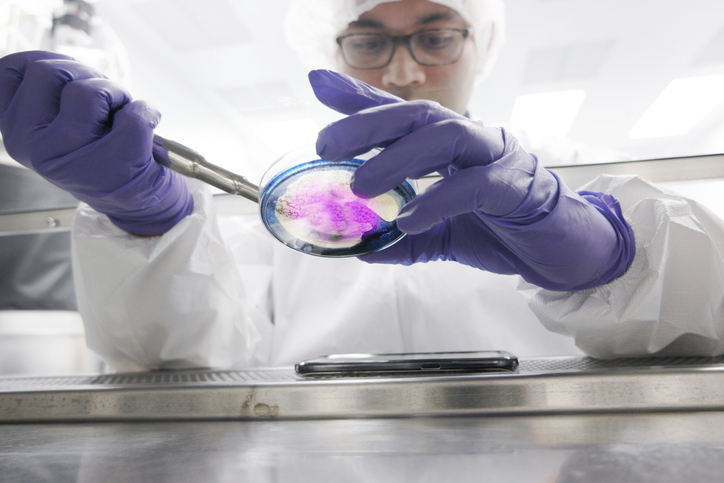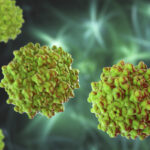Bioprocessors can make therapeutic proteins with a variety of techniques, from batch and fed-batch processing to perfusion and hybrid systems. No matter how a bioprocessor makes a therapeutic protein, the goal is clear: “In essence, the only important purpose that all mammalian cells serve in an industrial protein production process is to string together amino acids (the monomers) into long chains that fold into proteins (the polymer),” according to Gregory W. Hiller, PhD, a research fellow in bioprocess research and development at Pfizer in Andover, MA. “Of course, N- and O-linked glycosylation also occurs, but as a fraction of the mass of a therapeutic polypeptide, these are minor reactions by comparison for most proteins.”
Despite today’s AI-driven tools for modeling a bioprocess and a host of sensors to track the progress of a bioprocess in action, an expert’s hand still plays a key role in making protein-based drugs. As Hiller put it: “The science (or art!) of preparing very concentrated feed mixtures often relies on the careful order of addition of chemicals, manipulation of pH (up and down) and temperature, and separate preparation of certain concentrated solutions before addition to the bulk feed mixture.”
Culturing cells always included some art, with a bit of superstition thrown in the mix. When I worked in a cell-culture lab in the early 1980s, there were rumors of cells dying when an incubator was moved from one side of a room to another. So people rarely moved anything. Plus, if the media included horse serum, scientists shuddered if a batch came from a different herd. Maybe some of the superstition disappeared over the decades, but some of the art remains, as Hiller confirmed.
Still, science underlies the ongoing attempt to replicate a cell’s natural environment during a bioprocess. Instead of just putting the cells in a vat filled with medium, which is the essence of batch processing, perfusion can add nutrients and remove waste. As Hiller noted, perfusion culture “is somewhat analogous to the processes that occur for cells within an organ in the body.”
To do an even better job of this environmental mimicry, Hiller and his colleagues developed hybrid perfusion fed-batch processing. “This mode of operation uses several days of 100% cell retention perfusion (the perfusate is discarded) followed by several days of conventional fed-batch operations culminating in a single drug substance harvest,” Hiller explained. “Utilizing perfusion at the optimal time and performing it in a manner that minimized the volumes of media required, we were able to boost the overall productivity of a number of cell lines/processes to more than double that achieved in optimized fed-batch processes without increasing the length of the processes.”
Rather than using large, stainless steel vessels for culturing cells, many bioprocessors turned to single-use bioreactors—where a key component is a disposable plastic bag. This approach offers many advantages, especially the elimination of cleaning and sterilizing the bioreactor. “As many can attest, however, with the many pools of cell culture fluid on the floor of the bioreactor suite, leaks are still quite common and significant strides are required to improve the quality control of the manufacturing of single-use bioreactor inserts,” Hiller wrote.
There is no ideal way to produce biotherapeutic proteins, but the search continues and the need grows. “The versatility of biological products to treat disease never before considered has led numerous biopharmaceutical companies recently to announce expansions of production bioreactor capacity in the hundreds of thousands of liters,” Hiller pointed out. “If this much additional capacity is necessary, clearly there remains a need for significant increases in efficiency and productivity from upstream operations.



